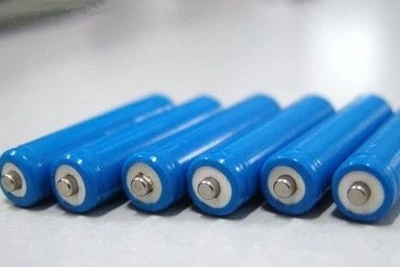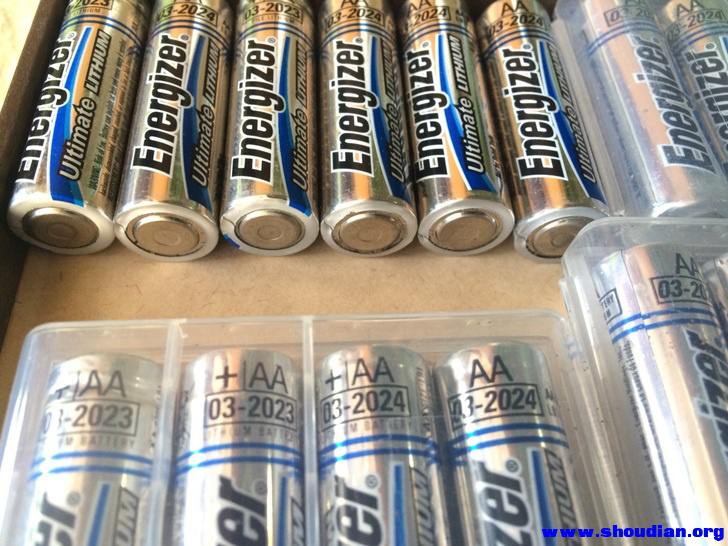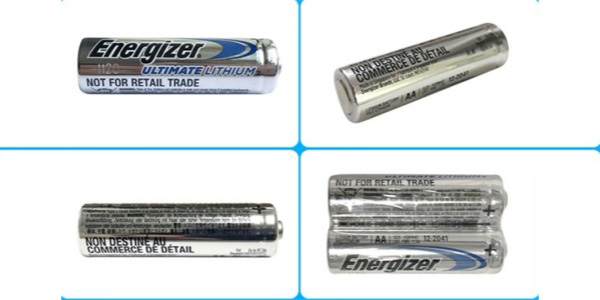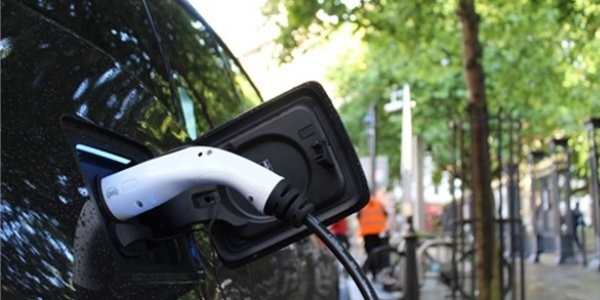LiFeS2 Battery: The Ideal Energy Solution with High Energy Density, Low Temperature Adaptability, and Long Lifespan
In today's rapidly advancing technological era, batteries serve as the power source for numerous devices, and their performance directly impacts the user experience and the future development of these devices. The LiFeS2 (Lithium Iron Disulfide) battery is a special type of lithium battery that uses lithium metal and iron disulfide (LiFeS2) as cathode materials. It is widely used in high-performance electronic devices, outdoor equipment, and specialized fields, gradually emerging as a focal point in the battery market due to its unique advantages. This article introduces the principle, advantages, and main applications of the LiFeS2 battery, offering insights to provide new ideas for your energy solutions.

The Lithium Iron Disulfide (LiFeS2) battery is a primary lithium battery, distinct from secondary batteries like LiFePO4 battery. It is made using a winding method, with an energy density of approximately 297 Wh/kg and a nominal voltage of 1.5V. The open-circuit voltage of a new battery is close to 1.8V, and the terminal voltage under load is around 1.5V. Compared to other types of lithium batteries, it is considered a low-voltage lithium battery, and the commonly used models are AA and AAA sizes.
Its working principle is based on the redox reaction between lithium and iron disulfide: during discharge, iron disulfide is reduced, and lithium metal is oxidized. Inside the battery, lithium serves as the anode material with high electrochemical activity, quickly releasing electrons, while iron disulfide acts as the cathode material, reacting with lithium to generate electrical energy. This unique material combination gives the LiFeS2 battery many excellent properties.
LiFeS2 Battery’s Key Advantages:
1. High Energy Density and Long Usage Time
The energy density of LiFeS2 batteries is much higher than that of traditional alkaline batteries, meaning they provide more energy in a smaller volume and weight. For example, a standard 1.5V LiFeS2 battery offers longer usage time than a typical alkaline battery, making it particularly effective in devices requiring long-term power support.
2. Strong Low-Temperature Adaptability
Another significant advantage of LiFeS2 batteries is their excellent low-temperature performance. They can function in environments as low as -40°C, while regular alkaline batteries typically see a significant drop in performance at low temperatures. This makes LiFeS2 batteries an ideal power source for outdoor activities and field exploration in cold regions.
3. Long Lifespan and Low Self-Discharge Rate
LiFeS2 batteries have an extremely low self-discharge rate, meaning they can retain a high charge even after long periods of non-use. This feature makes them highly suitable for devices that require long-term storage, such as emergency equipment and backup power sources.
4. High Power Output
Compared to many common lithium batteries, LiFeS2 batteries can deliver higher instantaneous discharge currents, meeting the power demands of devices such as digital cameras, flashlights, and GPS devices.
5. Environmentally Friendly and Safe
LiFeS2 batteries use lithium metal and iron disulfide as their primary materials, resulting in a lower environmental impact. They are also relatively safe during normal use, making them more eco-friendly than other types of batteries that contain harmful substances.
Currently, LiFeS2 batteries are widely used in various fields. In the consumer electronics sector, they are commonly found in wireless mice, keyboards, digital cameras, portable music players, and other devices. In the industrial sector, they provide reliable power for various sensors, instruments, and remote monitoring equipment. In the security industry, smoke detectors, burglary alarms, and other systems also rely on LiFeS2 batteries. As technology continues to advance and costs gradually decrease, the application range of LiFeS2 batteries is expected to expand, potentially playing a vital role in more industries. Below is a brief introduction to some application areas:
1. Digital Cameras and Portable Electronic Devices
Due to their high energy density and long lifespan, LiFeS2 batteries are the preferred choice for devices like digital cameras, GPS devices, and portable speakers. Particularly in devices that require high power output and are sensitive to weight and size, LiFeS2 batteries provide long usage times and stable voltage.
2. Outdoor Gear and Flashlights
LiFeS2 batteries are especially suitable for outdoor gear in extremely cold environments, such as flashlights, mountain lights, and camping lanterns. These devices often need batteries that can operate for long periods in low temperatures, and LiFeS2 batteries meet this need perfectly.
3. Emergency and Backup Equipment
Due to their excellent storage performance and long-term stability, LiFeS2 batteries are ideal for emergency equipment, such as emergency lighting, life-saving devices, and security monitoring systems. Even after long periods of non-use, they can provide reliable power when needed.
4. Medical Devices
Some portable medical devices, such as blood glucose meters and pulse oximeters, use LiFeS2 batteries. Due to their long lifespan and stable power output, LiFeS2 batteries are essential in devices requiring high precision and reliability.
Current Situation
Despite the excellent performance of LiFeS2 batteries, their high cost remains a major barrier to widespread adoption. Compared to traditional alkaline batteries, LiFeS2 batteries have a higher production cost, resulting in a relatively higher market price. As a result, users in cost-sensitive applications may opt for lower-cost alternatives. We offer LiFeS2 batteries at various price points to ensure quality while meeting your needs.
However, as technology continues to improve and production processes optimize, the cost of LiFeS2 batteries is expected to decrease over time. In the future, LiFeS2 batteries may see broader applications, particularly in high-end devices that require long-term power support and high performance.


